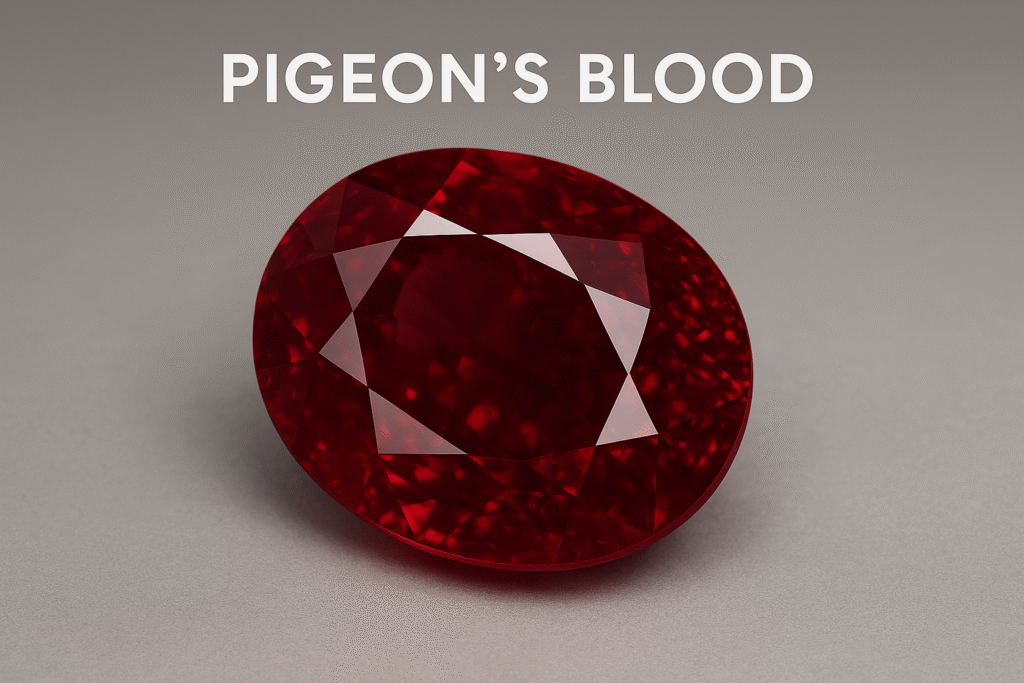You’ve heard the names.
“Pigeon’s Blood” for rubies.
“Cornflower Blue” for sapphires.
Sounds poetic.
But does it mean anything?
Here’s the truth:
These terms started in gemology with specific meanings.
- Pigeon’s Blood refers to a vivid red ruby with a hint of blue or purple.
- Cornflower Blue is a medium-blue sapphire with soft, velvety tones.
But in most jewelry shops, these labels are marketing bait.
Ask yourself this:
- Was the stone graded by a reputable lab?
- Do the certificate and color match?
- Or is the label just a high-priced story?
What dealers won’t tell you:
- A pale ruby can still be called “Pigeon’s Blood” by a smooth-talking seller.
- A dark or inky sapphire might be pushed as “Cornflower Blue” to justify the price.
- Even treatments (like heating) can intensify color—making the name misleading.
What you should do:
- Trust your eyes.
Compare stones side by side. Do the color, clarity, and cut speak for themselves? - Ask for a lab certificate.
Names mean nothing without independent verification. Look for reports from GIA, IGI, or GRS. - Ignore poetic names.
Focus on actual gem quality: hue, tone, saturation, and treatment status.
A quick example from Jaipur:
You walk into a shop in Johari Bazaar.
The seller flashes a red stone and says, “Top Pigeon’s Blood from Burma!”
Sounds impressive.
But the stone looks too pink.
No certificate.
And the price? Triple the market rate.
Walk away.
Here’s the better strategy:
- Learn what real color quality looks like.
- Use certified stones as benchmarks.
- Pay for what you see—not what they say.
Final question:
Would you buy wine just because it’s called “Sunset Blush”?
Or do you taste it first?
Apply the same logic to gems.
Bottom line:
Don’t buy the name.
Buy the stone.



